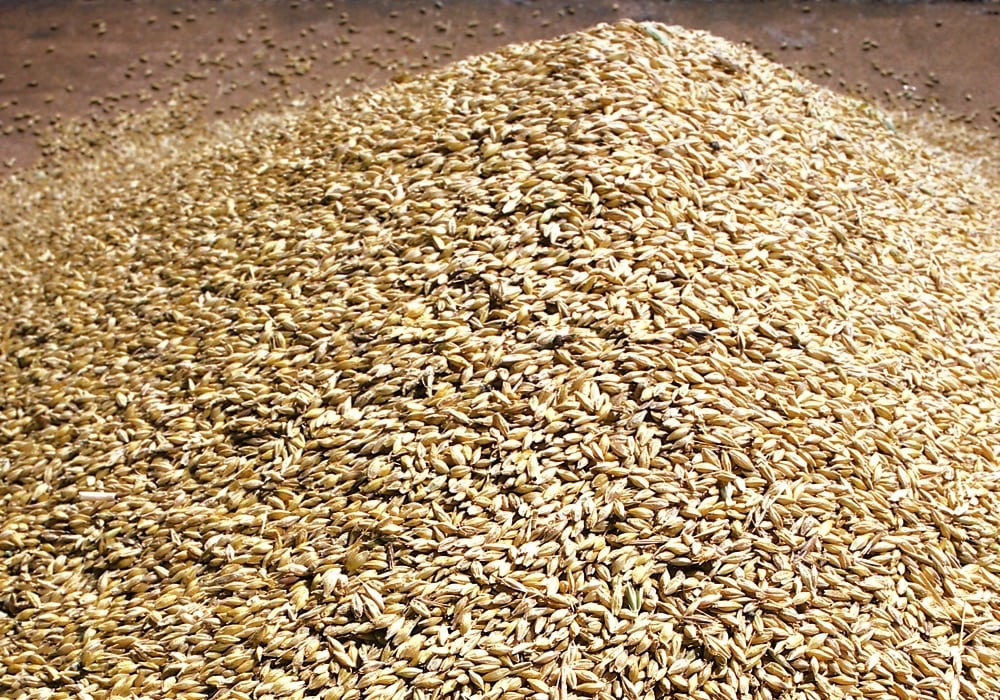Solid demand, both domestically and internationally, coupled with tightening world supplies is keeping barley bids well supported in Western Canada and should lead to increased acres this spring.
“The price of feed barley is staying historically high,” said Brian Otto, chair of the Barley Council of Canada, noting feed barley at Lethbridge was currently trading at $5.50 per bushel, which would typically be considered a good price for malting barley.
“With barley prices that high, I think acres will go up,” he said.
Tight supplies worldwide, as Australia had a horrible drought, were contributing to the domestic strength, he said. “It’s just a worldwide shortage of barley, period.”
Read Also

U.S. livestock: Hogs rise ahead of ‘Hogs and Pigs’ report
Chicago cattle futures continued to inch upward on Monday. Hogs also rose in anticipation of Tuesday’s Hogs and Pigs report….
While increased acres and a resulting boost in production would likely lead to price declines, Otto said the Barley Council was also working on projects to increase demand.
One such project is focused on showing the intrinsic value of higher-protein Canadian feed barley in order to help develop the Chinese market further.
While the current diplomatic dispute between Canada and China is a concern to exporters, “we aren’t seeing anything that shows us that they’d restrict trade on agricultural products at this time,” said Otto.
China is the single largest export customer for Canadian barley, accounting for roughly two-thirds of the 754,900 tonnes exported during the first four months of the 2018-19 crop year, according to the latest monthly data available from the Canadian Grain Commission (CGC).
Total Canadian barley exports to date are running well ahead of the year-ago level, with the weekly CGC report showing total barley exports of 1.118 million tonnes, as of Jan. 13. That’s about 300,000 tonnes ahead of the previous year’s pace.
— Phil Franz-Warkentin writes for MarketsFarm, a Glacier FarmMedia division specializing in grain and commodity market analysis and reporting.
















